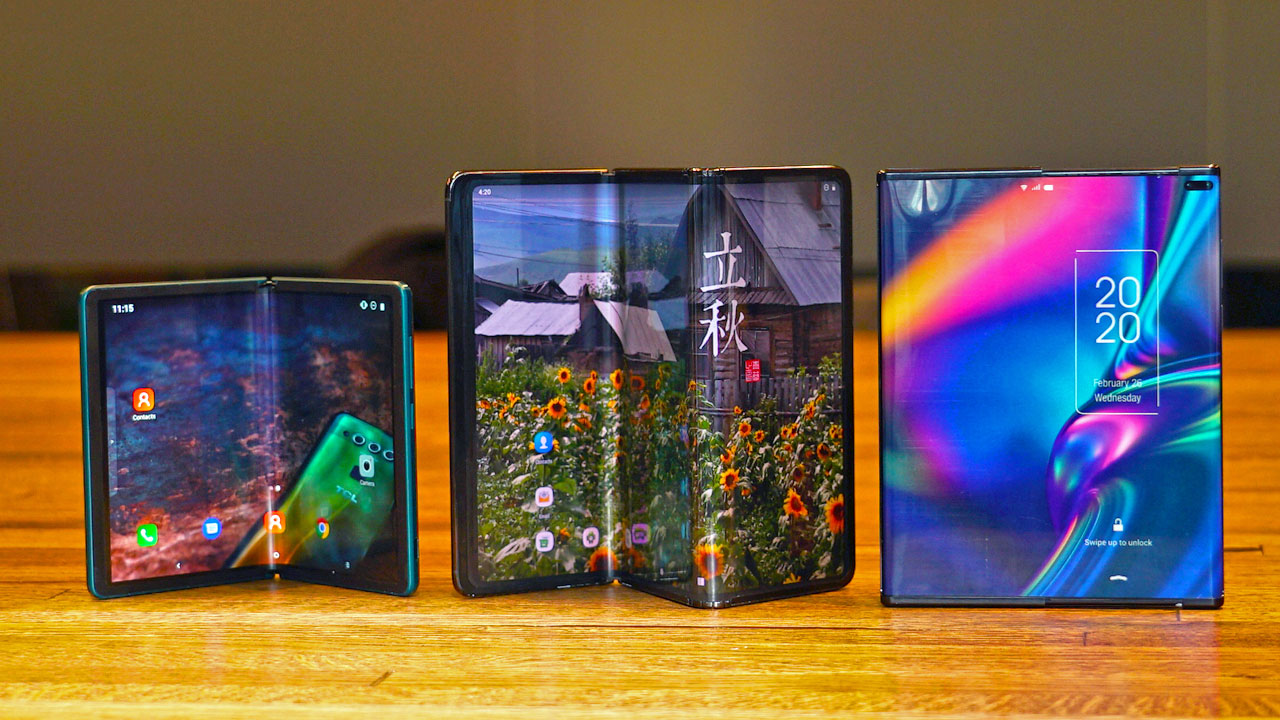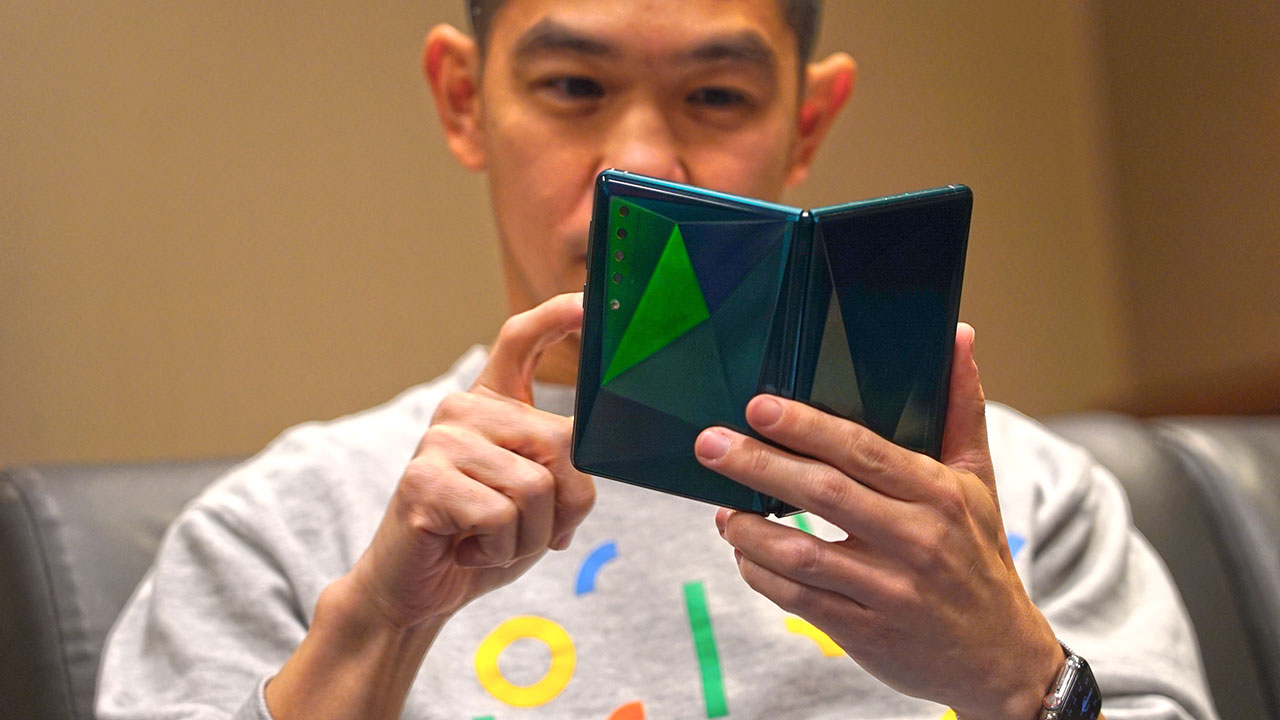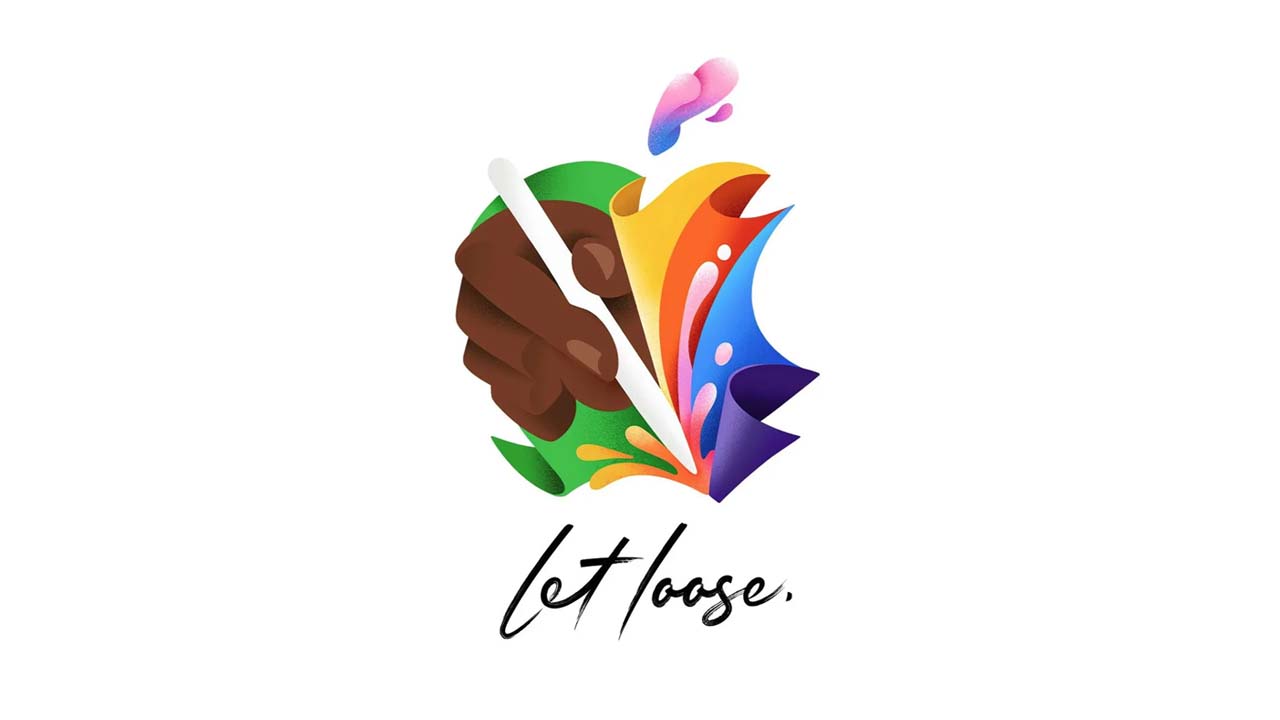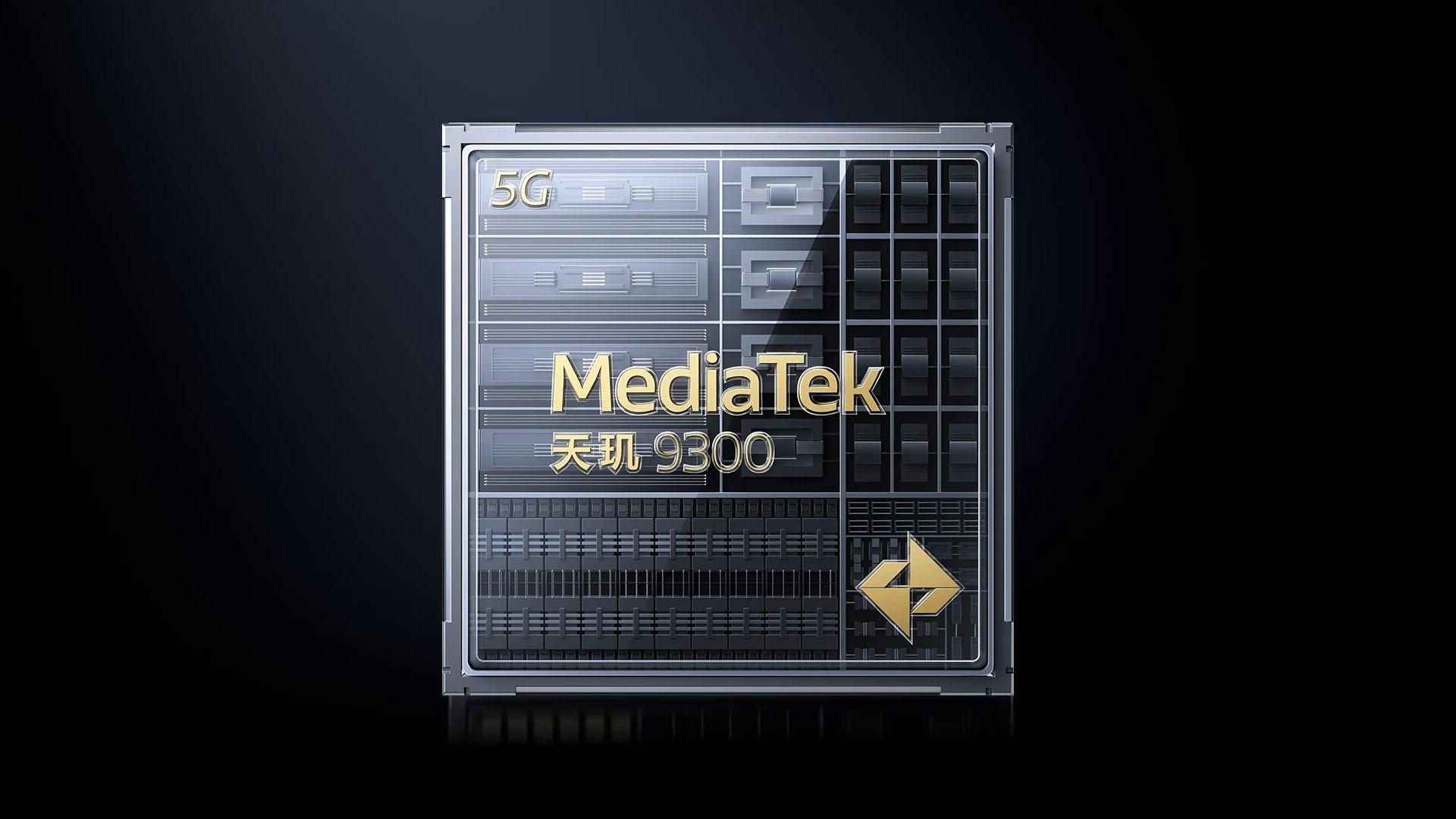News
TCL’s foldable concepts are unlike anything we’ve seen before
They can fold, flip, and roll!

Are you a believer in the future of foldable smartphones, but not quite convinced about what’s currently available in the market today?
TCL, a brand best known for making high-end televisions for less, is looking to leverage its display expertise with 3 new experiments that not only hope to pave the way to a future that’s dominated by foldable, bendable, and rollable displays but also to create technology that’s not just novel, but also practical.
Pocketbook
We first saw TCL’s “pocketbook concept” (nicknames all my own) late last year but got our hands on a fully working model this January at CES 2020 in Las Vegas.
A cross between the Samsung Galaxy Fold and Microsoft’s upcoming Surface Pro Duo – this concept device borrows the same horizontal fold idea, albeit wider on both sides.

Its shape is reminiscent of a book, some have also compared it to a wallet or passport.
When opened up, the two folded screens turn into a 7.2-inch tablet with a 2K AMOLED display, but its nothing more than that, at least in its current state. You can’t fold it in such a way that would transform it into a smartphone.
There is no secondary display on the outside. Instead all you’ll find is a row of cameras and this lovely textured glass finish that makes it look like a multi-faceted precious gem.
This concept devices uses TCL’s new Butterfly Hinge that allows the the device to be folded shut without a visible gap in between.
Tri-fold
TCL’s tri-fold concept was born out of the desire for foldable displays to be used for even bigger screen experiences. So instead of just one fold, it folds into 3, transforming from a smartphone about the the size of a Nokia Communicator to that of a 10-inch tablet.
It’s the first foldable concept we’ve seen with two separate hinges. One folds inward, the other outward. One side uses TCL’s Butterfly Hinge, the other an older hinge design TCL first showed off a full year ago called the Dragon Hinge – which forms an accordion like tear drop shape when folded shut.

While it become one hefty smartphone when folded and doesn’t stay put as firmly as a regular tablet when unfolded, the idea of being able to fit a 10-inch tablet in your pocket is pretty amazing.
TCL’s General Manage of Global Marketing Stefan Streit says, “the idea is to go in a direction where people won’t have to bring multiple devices.”
Rollable display
Of all the design experiments, for me personally, the TCL’s rollable display is most exciting. And that’s possibly because I’m still waiting for that smartphone that folds into a tube of lipstick like Samsung teased 7years ago.
Unlike the other two devices, or any other device that’s leveraged bendable display technology up to this point this TCL concept does neither has a hinge, nor does it fold.

Instead, internal motors allow the display on what looks like a regular smartphone to expand to become a 7.8-inch tablet. Imagine physically stretching the phone apart to make it bigger and then squeezing it back together to shrink it.
Instead of a hinge mechanism these motors furl and unfurl the rollable display, tucking part of the display away and out of sight when not needed.
At our briefing we were only showed a mock up that you have to manually stretch yourself – but we were showed video of an actual working prototype that does this automatically with the push of a button.
Pricing and availability
TCL stresses none of these concepts are ready for primetime, and are instead investments in finding the best, most practical use cases of this technology. Streit calls it “a long term play” in TCL’s new smartphone business, which marks the launch of its new flagship lineup in the US this week.
If and when TCL launches its own foldable or rollable smartphone – we’re told to expect it to be priced competitively, matching TCL’s philosophy of offering great displays at more affordable accessible prices.


The next Apple event is coming! Two weeks ahead of the big launch, the iPad maker has announced an upcoming event dedicated to the tablet.
As always, Apple has added a tagline to tease what’s coming for the brand. This time, it’s “Let loose.”
Now, you won’t get a lot of clues from something so vague. Thankfully, the graphic is much more telling. It features a hand clearly grasping an Apple Pencil. For sure, the event will focus on new iPads.
The special event will start on May 7, 10AM ET. Interested viewers can watch the event live.
There’s no confirmation what models are getting new faces for the event. However, rumors are swirling that we’re getting a new iPad Pro. We can likely expect a new Apple Pencil too, especially since the stylus is a main focus for the invite.
New iPhones are likely out, though. Apple usually holds the event for those later in the year. That leaves the Macs and the Vision Pro in the less-likely-but-still-possible realm.
That said, if you’re looking for new tablets, it’s time to wait a bit.
News
MediaTek eyes video generative AI for mobile, next-gen sat broadband, more
MediaTek sets its eyes on the future

Without question, AI-powered features have been integral for smartphones nowadays. And although it’s still “limited” what users can do with AI on their phones, MediaTek is trying to bring more advanced capabilities to mobile devices. This, as the semiconductor company is eyeing video generative AI for mobile, as part of its goals for the near future.
A few months ago at MWC 2024, MediaTek showcased on-device generative AI video diffusion powered entirely by its Dimensity 9300 processor. This leading smartphone chip incorporates the world’s first hardware-based generative AI Engine with secure, personalized AI. It is capable of bandwidth reduction, LoRA Fusion, and 8X faster generative AI performance, compared to MediaTek’s preceding AI processor.
Sooner rather than later, users can perhaps elevate the short video-editing experience on their smartphones by leveraging video generative AI, something reserved for heavyweight devices and software programs for now.
World’s first 5G-advanced satellite broadband
Aside from video generative AI on mobile devices, MediaTek is working on improving connectivity across various technologies. For instance, the company is working on a 5G-NR-NTN satellite chip that can deliver broadband speeds of up to 100mbps. They are working with Rohde & Schwarz for this innovation. One industry that will surely benefit from this is the automotive industry, with MediaTek utilizing advanced LEO satellite support over the Ku-band.
New platforms for 5G IoT, wearables
Meanwhile, the newly-announced MediaTek T300 platform will make it easy for IoT designers to transition to 5G-NR especially for applications requiring ultra-efficient connectivity and long-lasting battery life. This includes wearables, lightweight AR devices, and always-connected IoT devices. MediaTek likewise demonstrated at MWC 2024 how it can achieve consistent low latency for AR and IoT devices. This was made possible by the company’s new RedCap RFSoC using the Keysight UXM5G Wireless Test Platform.
5G CPE for better performance
Moreover, MediaTek showcased its latest 5G CPE devices powered by the T830 platform. Using three transmission antennae (3TX) applicable across 5G NR band combinations, MediaTek eyes performance enhancements for Wi-Fi routers, promising low latency, low loss, and a significant reduction in network delay.
Auto industry collaborations
Earlier in the year, MediaTek also released AI-driven chipsets specifically for smart cars. This is another aspect the company wants to build on. Using OpenSynergy Hypervisor technology, MediaTek wants advanced safety-first features through a virtualized OS within the vehicle. Additionally, MediaTek and ACCESS Twine4Car are working together to develop richer multiscreen entertainment and interactive services. Of course, the former already has the Dimensity Auto smart cockpit and infotainment platforms working to provide highly capable processing.
These platforms can handle demanding processes. These include multiple operating systems, wireless connectivity feeds, and multiple concurrent video playbacks. It can even support advanced 3D graphics and generative AI for the driver and passengers in the vehicle, elevating the overall smart car experience.
Smart home IoT connectivity
Lastly, MediaTek is envisioning a “home gateway” concept which it calls “Ambient Computing.” This will allow users to manage their network of IoT devices in a better, faster, and more direct manner. This will be done by having the technology solve the indoor-outdoor network barrier through bypassing third-party networks.
In other words, users will be able to control everything from their mobile device, minus third-party services. And because multiple devices are working together, a user may technically use a PC to accelerate tasks on the smartphone — beyond what’s possible on a mobile chip. That extends the phone’s life considerably, too.
News
Xiaomi Redmi A3 Philippine pricing, availability
Budget smartphone with high refresh rate display

Xiaomi is bringing high refresh rate displays to its budget line with the announcement of the Redmi A3. The latest addition to the entry-level Redmi line boasts of an expansive 6.71-inch HD+ display with up to a 90Hz refresh rate.
The Redmi A3 is available in Midnight Black, Star Blue, and Forest Green. The smartphone is priced at PhP 3,399 (3GB+64GB) and PhP 3,999 (4GB+128GB) respectively for its two configurations.
Customers may preorder the phone until April 27 via Lazada, Shopee, and TikTok. General sale begins April 26th in all Xiaomi stores nationwide. Freebies are a Basic Piston Earphone for online purchases and a 3-month Viu Premium subscription for in-store purchases.
The Redmi A3’s immersive screen allows users to consume various content in high-definition with better smoothness, a boost for a phone of its price point. The screen has Corning Gorilla Glass 3 protection as well, and DC dimming to reduce blue light exposure.
The phone also sports a refined design that lets go of the iPhone-looking camera arrangement. Instead, the main camera is now in the middle as part of a watch face-looking setup similar to other Android phone offerings.
Speaking of, an 8MP main shooter highlights the back of the Redmi A3. In front is a 5MP front camera. The phone is powered by a MediaTek Helio G36 processor and runs on an Android 14-based OS. Furthermore, it has a 5,000mAh battery with 10W of USB-C charging.
Other handy Redmi A3 features for users to utilize include a 3.5mm jack, Face Unlock, and Fingerprint Unlock.
-

 Events2 weeks ago
Events2 weeks agoStellar Blade: PlayStation taps cosplayers to play Eve for game’s launch
-

 Features1 week ago
Features1 week agoFortify your home office or business setup with these devices
-

 Gaming2 weeks ago
Gaming2 weeks agoThe Rogue Prince of Persia looks like an ultra-colorful roguelite
-

 Accessories2 weeks ago
Accessories2 weeks agoLogitech unveils G Pro X 60 gaming keyboard: Price, details
-

 Reviews1 week ago
Reviews1 week agorealme 12+ 5G review: One month later
-

 Gaming2 weeks ago
Gaming2 weeks agoLenovo confirms development of a Legion Go 2
-

 Deals2 weeks ago
Deals2 weeks agoTCL P635 TV: Big savings for TCL’s anniversary
-

 Gaming1 week ago
Gaming1 week agoNew PUMA collection lets you wear PlayStation’s iconic symbols
























